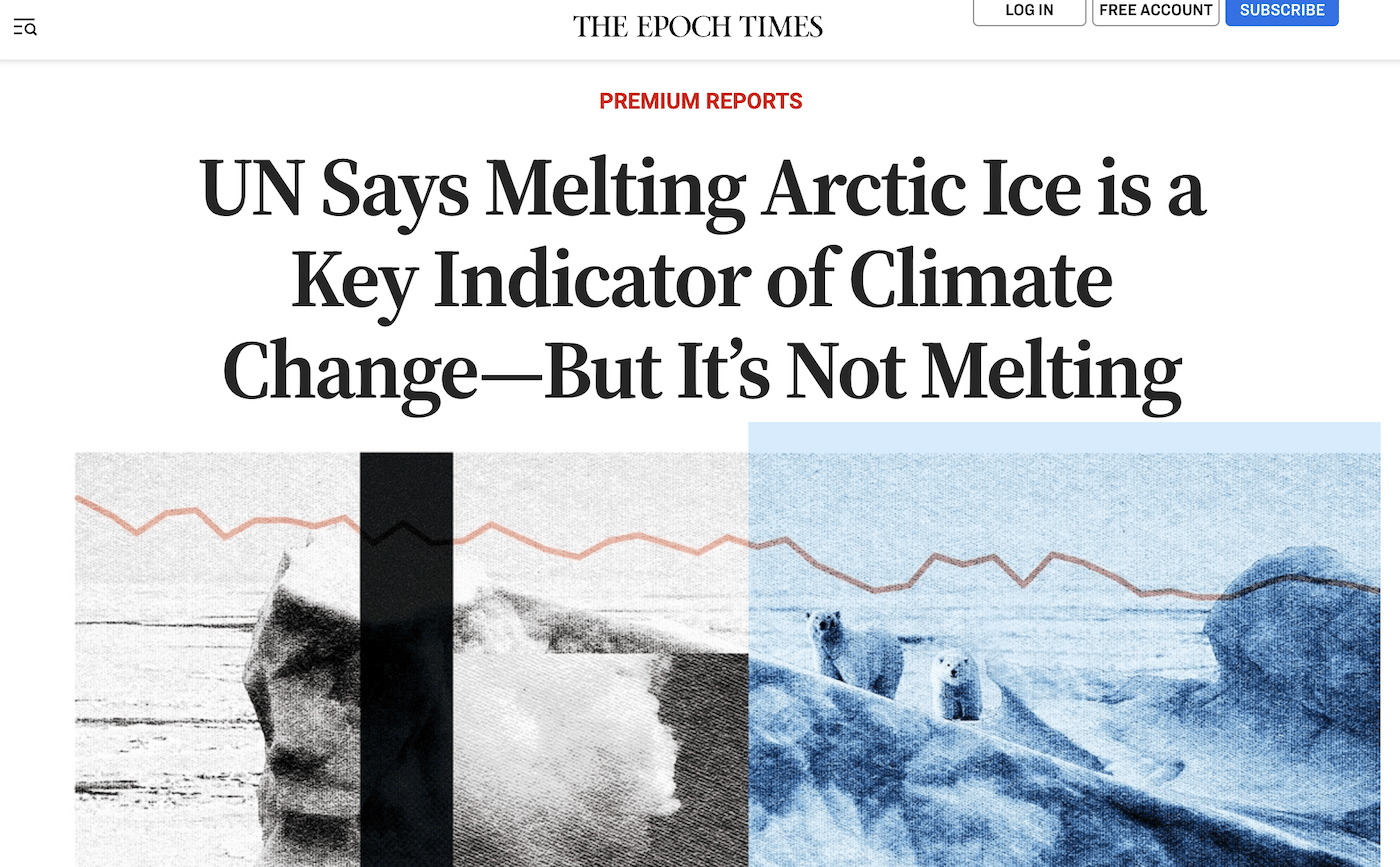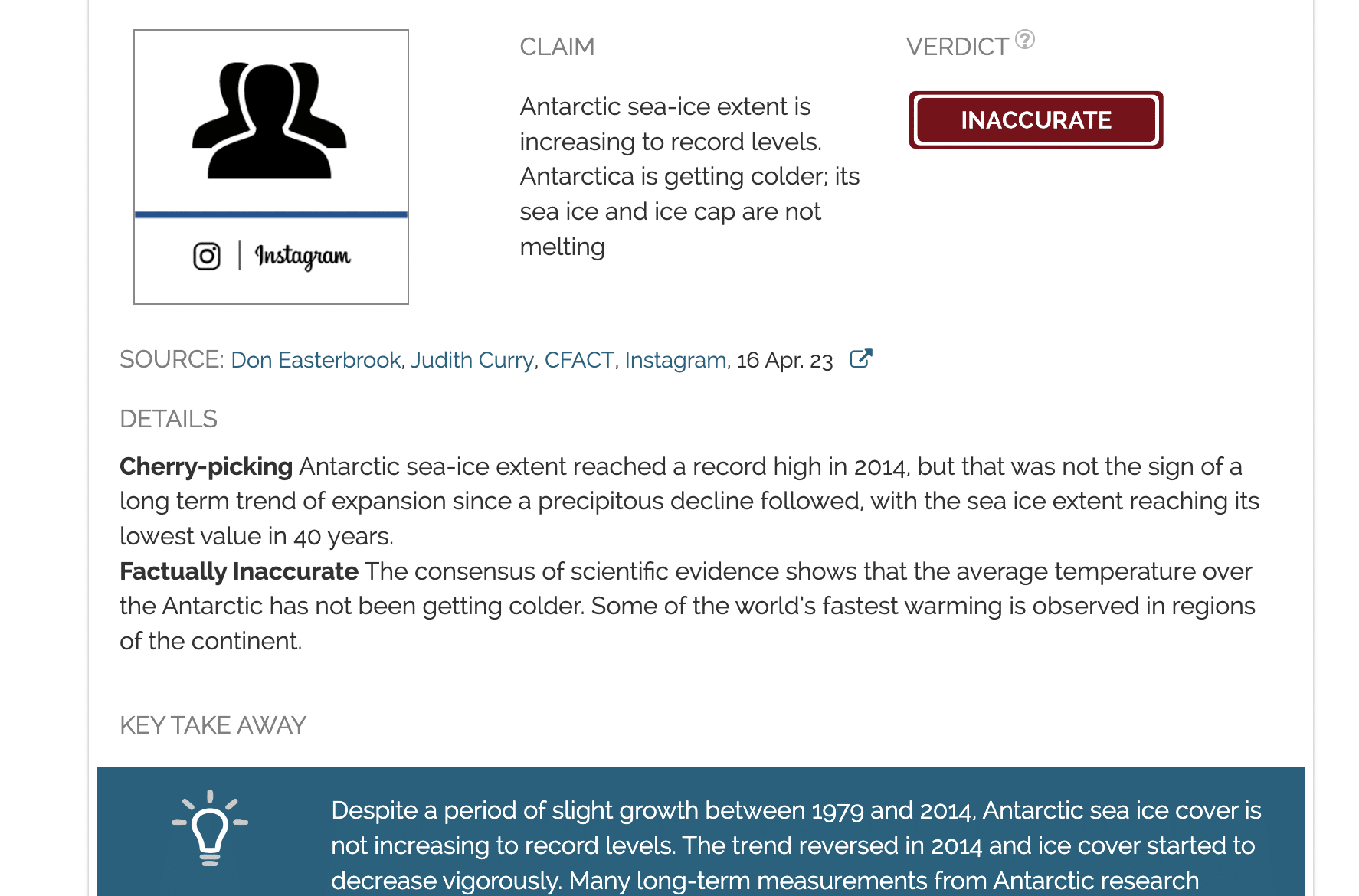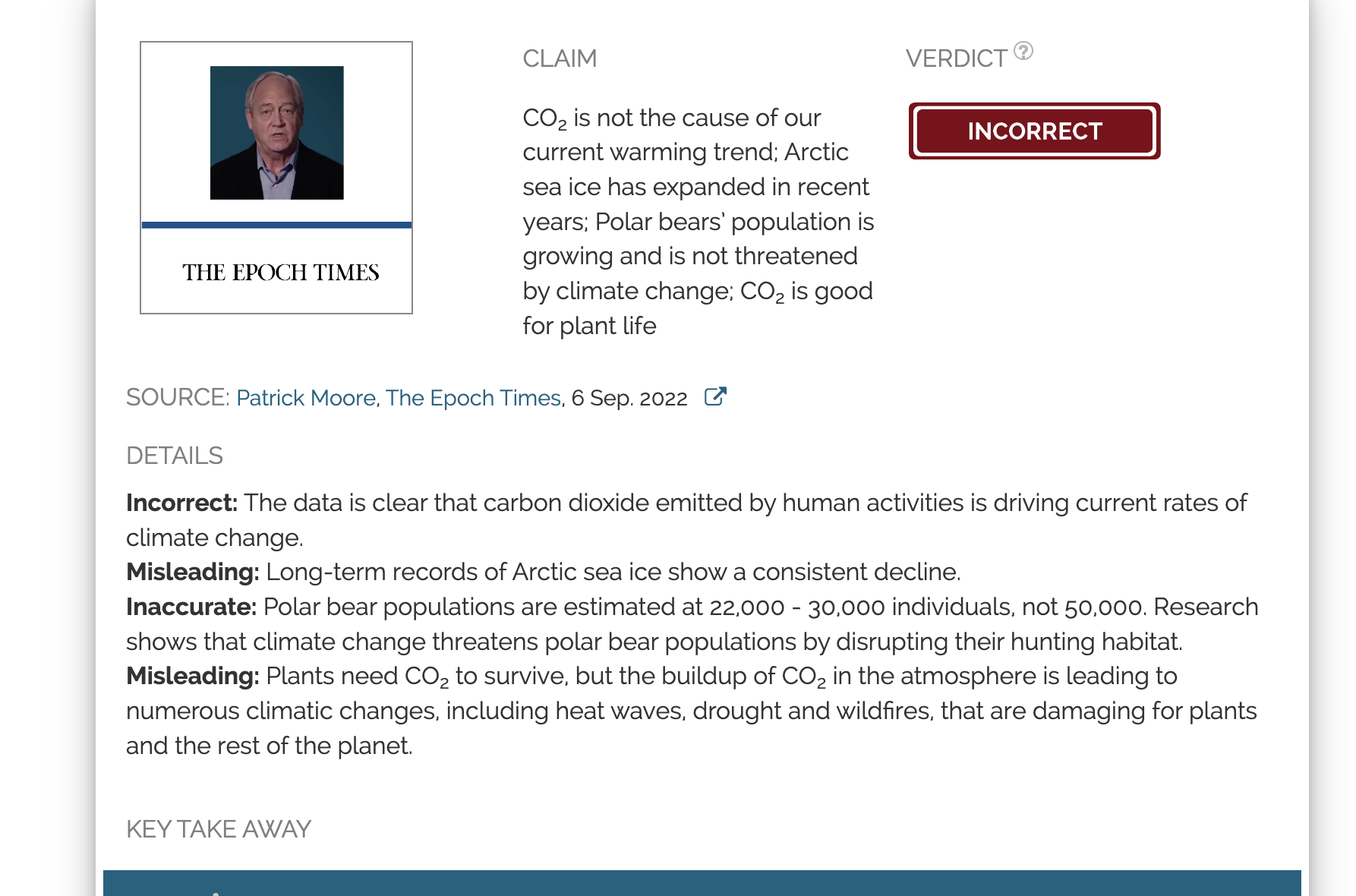- Climate
New York Times accurately covers 2017 record low Arctic winter sea ice extent
Reviewed content
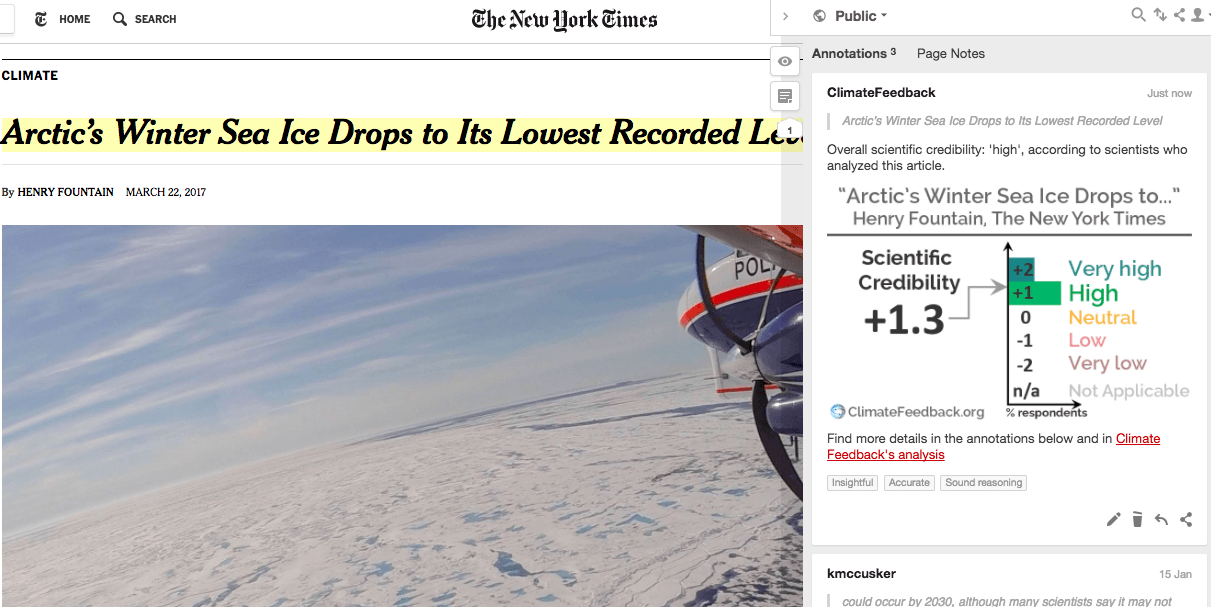
Headline: "Arctic’s Winter Sea Ice Drops to Its Lowest Recorded Level"
Published in The New York Times, by Henry Fountain, on 2017-03-22.

Scientists’ Feedback
SUMMARY
This March 2017 story in the New York Times described the record low extent of Arctic sea ice at its annual maximum. Scientists who reviewed the article found it to be accurate and informative, with only a couple details that could potentially be further clarified.
See all the scientists’ annotations in context
This is part of a series of reviews of 2017’s most popular climate stories on social media.
REVIEWERS’ OVERALL FEEDBACK
These comments are the overall opinion of scientists on the article, they are substantiated by their knowledge in the field and by the content of the analysis in the annotations on the article.

Polar Climate Scientist, British Antarctic Survey
The article accurately reports on the state of Arctic sea ice at the annual maximum (in March) and its causes, and gives an insightful discussion as to the implications. There is one point which may be misleading: when scientists refer to the Arctic being “ice-free” in summer they specifically mean sea ice extent below a threshold of 1 million square kilometers (386 thousand square miles). This is not made clear in the article and is an important distinction.

Postdoctoral research fellow, University of Reading
Both of the scientists interviewed are highly respected in their field and are from world leading institutions in polar research.
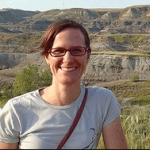
Research Associate, Rhodium Group and Climate Impact Lab
This short article correctly explains the state of 2017 maximum Arctic sea ice extent and puts it into historical context.
Notes:
[1] See the rating guidelines used for article evaluations.
[2] Each evaluation is independent. Scientists’ comments are all published at the same time.
Featured Annotations
The statements quoted below are from the article; comments and replies are from the reviewers.
“Dr. Serreze said that such a situation, which would leave nothing but open ocean in summer until fall freeze-up begins, could occur by 2030, although many scientists say it may not happen for a decade or two after that.”

Research Associate, Rhodium Group and Climate Impact Lab
2030 is on the early side of ice-free predictions but definitely not out of the realm of possibility.
“Less ice coverage also means that there is more dark ocean to absorb more of the sun’s energy, which leads to more warming and melting in a feedback loop called Arctic amplification.”

Research Associate, Rhodium Group and Climate Impact Lab
In which Arctic surface air temperatures warm at a faster rate than global average temperature.

